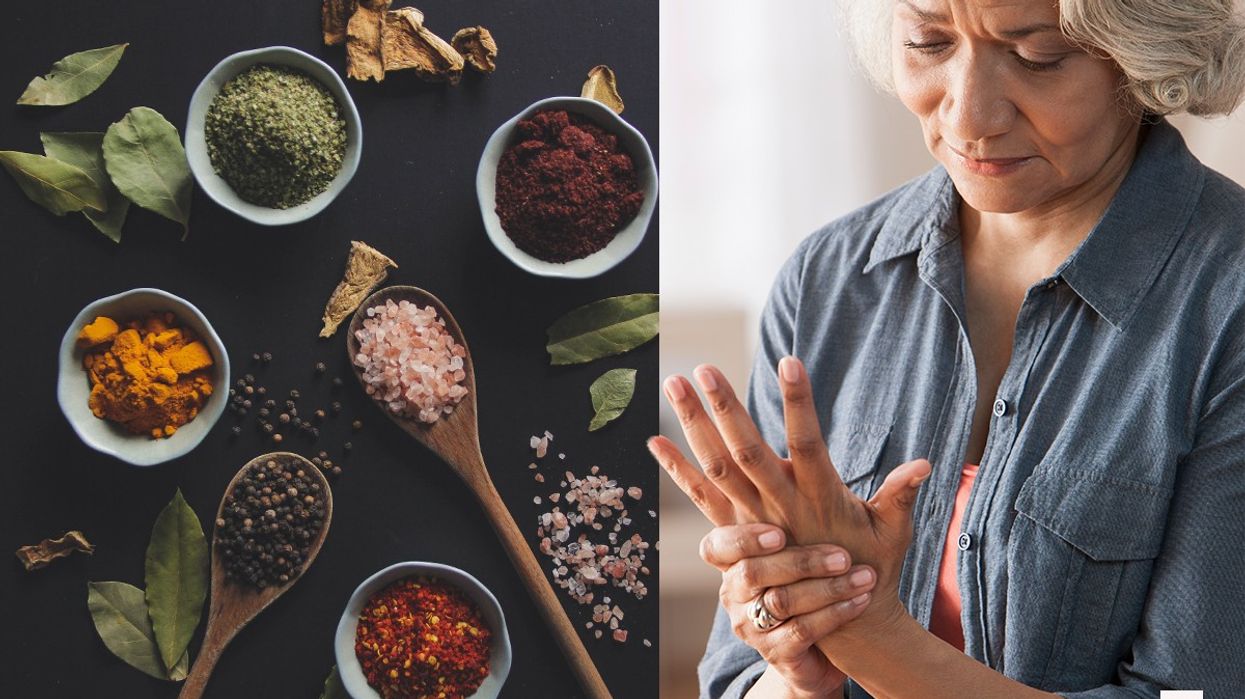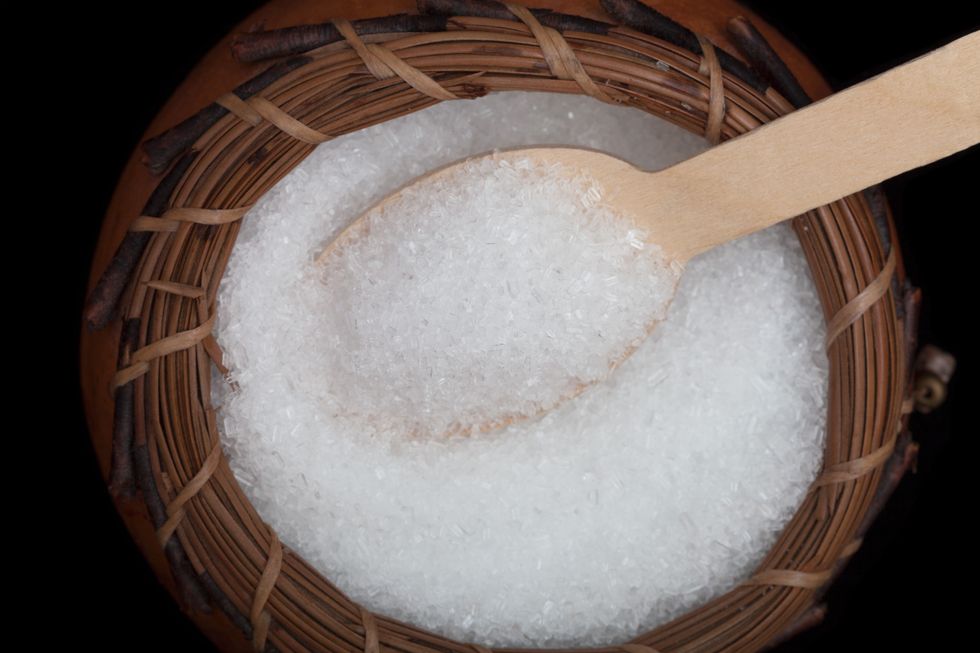How a 10p ingredient found in every British household can trigger inflammatory arthritis

Salt may trigger inflammation associated with rheumatoid arthritis
|Getty Images

The beloved ingredient may promote inflammation due to changes in the immune system, research suggests.
Don't Miss
Most Read
Eating too much salt may trigger rheumatoid arthritis (RA), several studies suggest.
The findings should raise alarm bells in Britain, where the average household exceeds the daily recommended intake of 6g of salt per day.
RA is an autoimmune condition, meaning your immune system attacks healthy body tissue. This misfiring causes severe inflammation of the joints, deforming them and affecting their functionality.
Research has also suggested that a high salt intake may be a risk factor for autoimmune diseases like inflammatory arthritis in people.

Salt stimulates immunological processes that lead to inflammation, research suggests
| GETTY.
Likewise, a study of 18,555 people linked a high sodium intake to an increased risk of RA.
And an animal study found that arthritis was more severe in mice that consumed a high-salt diet than in those whose diet had less salt.
It's thought that salt (sodium chloride) intake above 6g per day may promote inflammation due to changes in the immune system.
Salt intake may also increase the risk of RA via an indirect route.
Excessive salt intake can also increase the risk of high blood pressure, which has been linked to inflammation in the body.
How to cut down on salt
Often, you can be consuming too much salt without even realising it. That's the biggest sources of salt in our diet are bread, breakfast cereals, meat products and ready meals - not the salt shaker.
The NHS recommends the following tips to cut back on salt:
- Try adding flavour to your food with herbs and spices, black pepper, garlic, chili or lemon juice instead of salt
- Limit the amount of salt you add when cooking and eating – try tasting your food before adding any extra salt to your meals
- Check food labels – look for products with green and amber colour-coded labels on the front of the packaging
- Choose lower-salt foods by checking the salt content on the back or side of the packaging
- Try low or reduced-salt versions of foods and sauces – for example, low-salt soy sauce and stock cubes
- Buy tinned vegetables, pulses or fish in water instead of brine
- Eat salty foods less often or in small amounts – for example, cured meats and fish, cheese, olives and pickles
- Have healthier snacks, such as plain rice cakes, fruit, vegetable sticks or unsalted nuts
- Be aware that some dissolvable tablets, such as painkillers, vitamins or prescription medicines, may be high in salt – speak to your GP before changing any medicines
Try not to use too many sauces that can be high in salt, such as soy sauce, gravy granules, ketchup, mustard, mayonnaise and brown sauce, the health body adds.
LATEST DEVELOPMENTS

Oily fish
| PAWhat can help?
One way to calm inflammation is to eat oily fish, such as salmon or mackerel. Oily fish contain omega-3 fatty acids, which are potent inflammation fighters.
Omega-3s interfere with immune cells called leukocytes and enzymes known as cytokines, which are both key players in the body’s inflammatory response.
“The marine omega-3 fatty acids nip inflammation in the bud before it ignites. They really help to tamp down inflammation in the body on a cellular level,” said Kim Larson, a Seattle-based nutritionist and Academy of Nutrition and Dietetics Spokesperson.
Research finds that people who regularly eat fish high in omega-3s are less likely to develop RA. And in those who already have the disease, marine omega-3s may help reduce joint swelling and pain.










